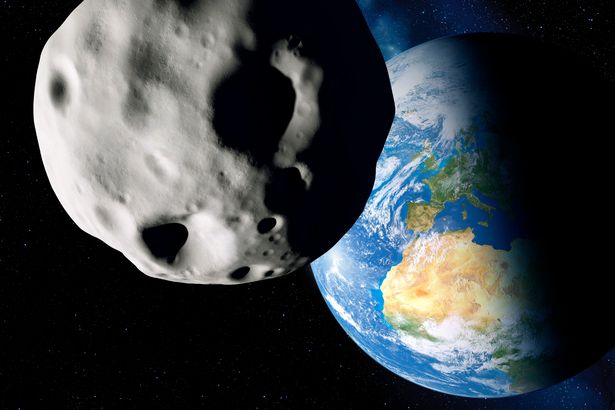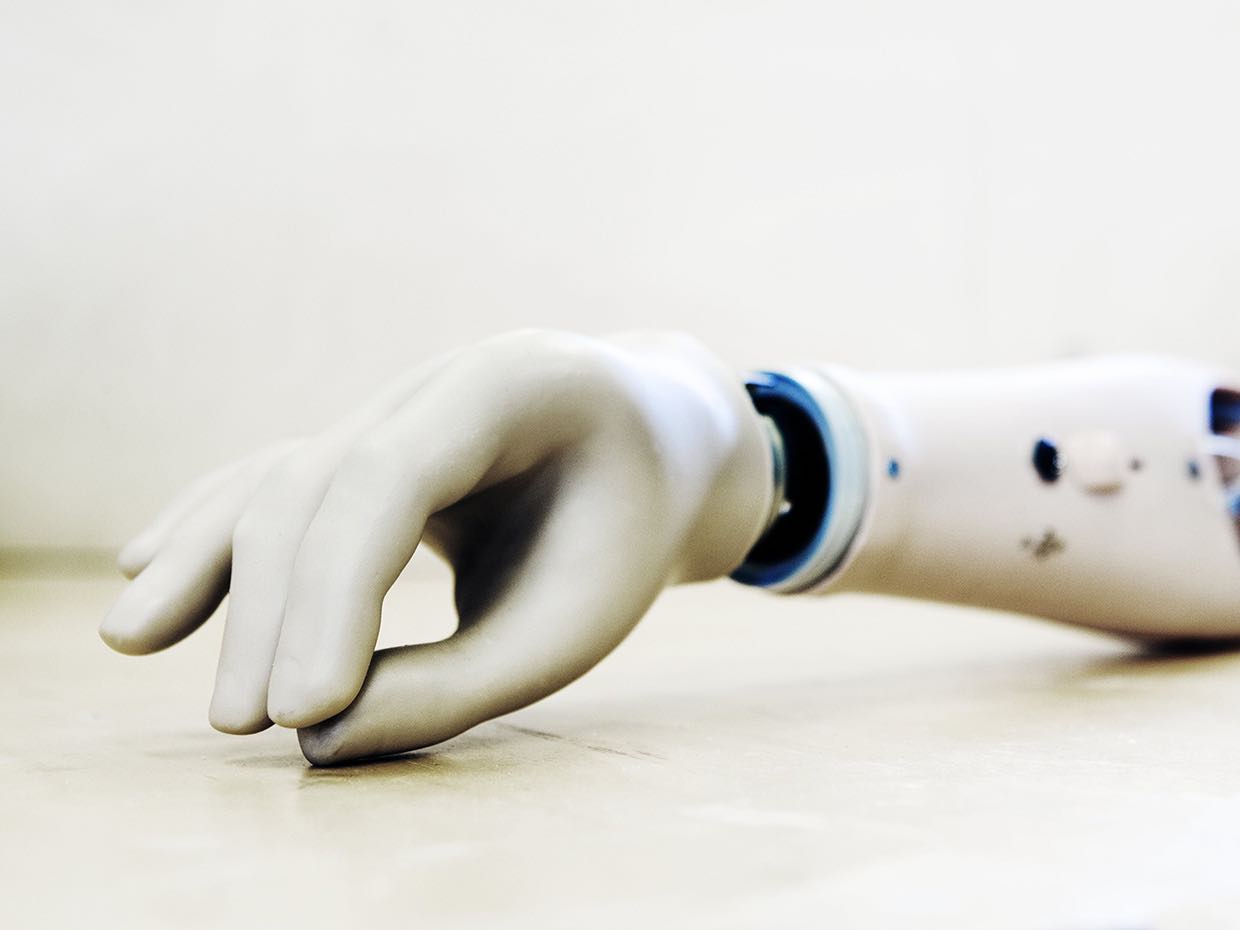
2010 WC9 Asteroid Makes an Unusually Close Flyby of Earth.
An asteroid that was lost by tracking satellites eight years ago made an unnervingly close pass by the Earth on May 15. The asteroid gave sky watchers a chance to see the action unfold live online.
On Nov. 30, 2010, astronomers discovered an asteroid that could be as large as one of the Great Pyramids of ancient Egypt. It passed within nine million miles of Earth and then scientists lost track of it as it headed back to the outer solar system.
Asteroid 2010 WC9, which is about 426 feet in diameter, was observed for too short of a time for astronomers to be able to predict when its orbit might bring it back to our neighborhood.
That same asteroid came back and buzzed by us about 70 times closer (126,000 miles away) than it did eight years ago. That puts it at about half the distance between the Earth and moon, making it one of the closest approaches ever observed by such a sizable asteroid.
We continue tracking 2010 WC9 leading up to it's close approach tomorrow at a distance of 203,000 km#SpotTheAsteroid@AsteroidDay @NEOShieldTeam @CloseApproaches @AsteroidTracker @AstronomyFM @AstronomyNow @BBCStargazing @exploreplanets @neiltyson @ProfBrianCox @earthskyscience pic.twitter.com/FKhzi25C9e
— Northolt Branch Obs (@NBObservatories) May 14, 2018
London’s Northolt Branch Observatories, which helped to rediscover the asteroid, broadcasted the flyby live on Facebook. 2010 WC9 sailed by the planet safely at about 6:05 p.m. Eastern Standard Time on May 15.
While this asteroid wasn’t a threat (this time) it does emphasize the need to keep a watchful eye on the sky to catalog and track as many space rocks as possible.
“There are lots of asteroids and comets in our solar system and it’s impossible to predict the trajectories of all of these objects, but we need to try,” University of Saskatchewan astronomy professor Daryl Janzen said in a news release on May 10.
Just last month, astronomers discovered a slightly smaller asteroid just hours before it passed by the Earth and came even closer to hitting the moon.
On the cosmic scale, these asteroids are large enough to do some damage if they were to impact Earth, especially near a populated area. However, they aren’t considered big enough to do the kind of catastrophic damage caused by the space rock believed to have wiped out the dinosaurs.
“There is an extremely low probability of the planet coming into contact with one of these large near-Earth objects in our lifetime, but there is really good evidence that it happened in the past and led to mass extinction on the planet,” Janzen added. “So, although the probability is low, it’s important to discover as many NEOs as we can, so that if one does enter into a collision course with Earth, we can try to do something about it.”













